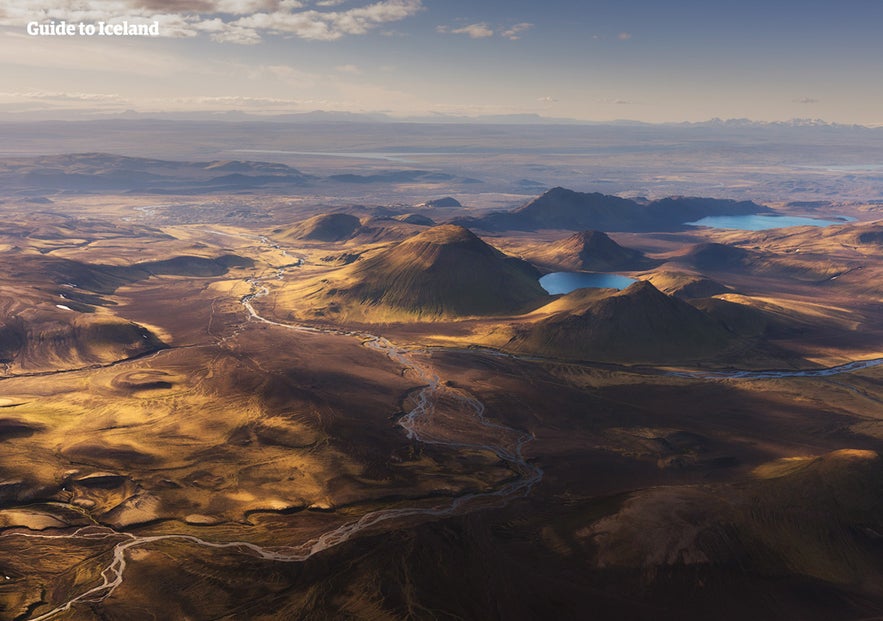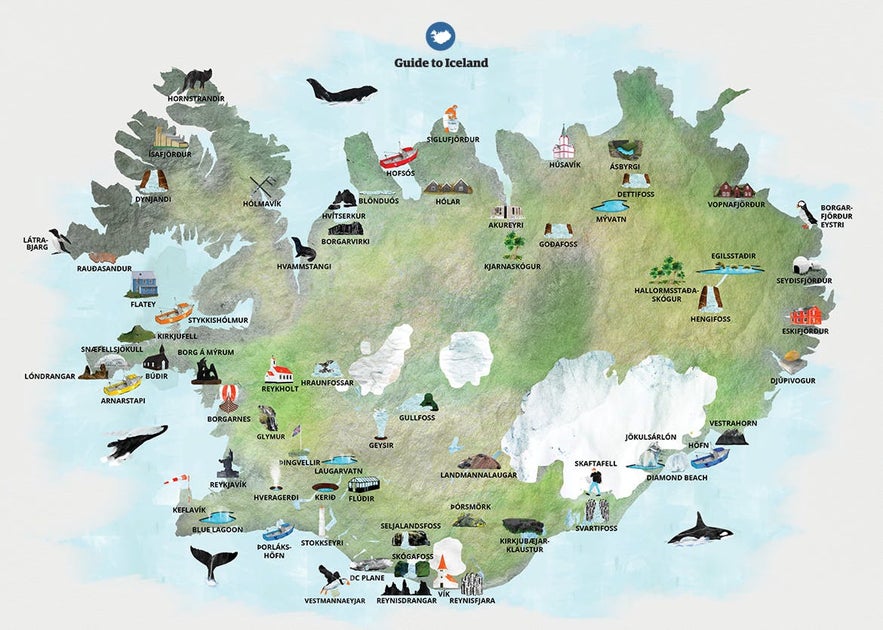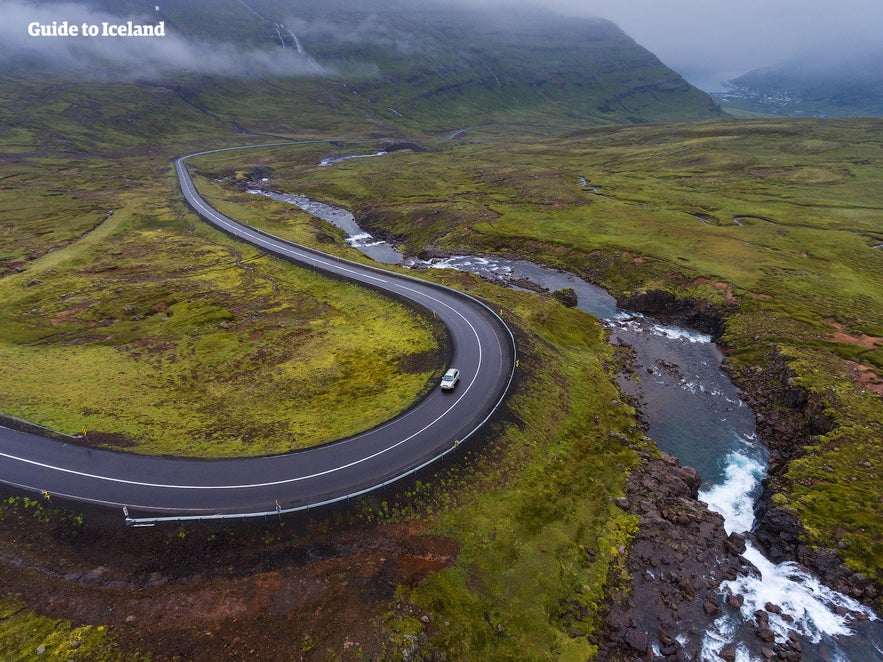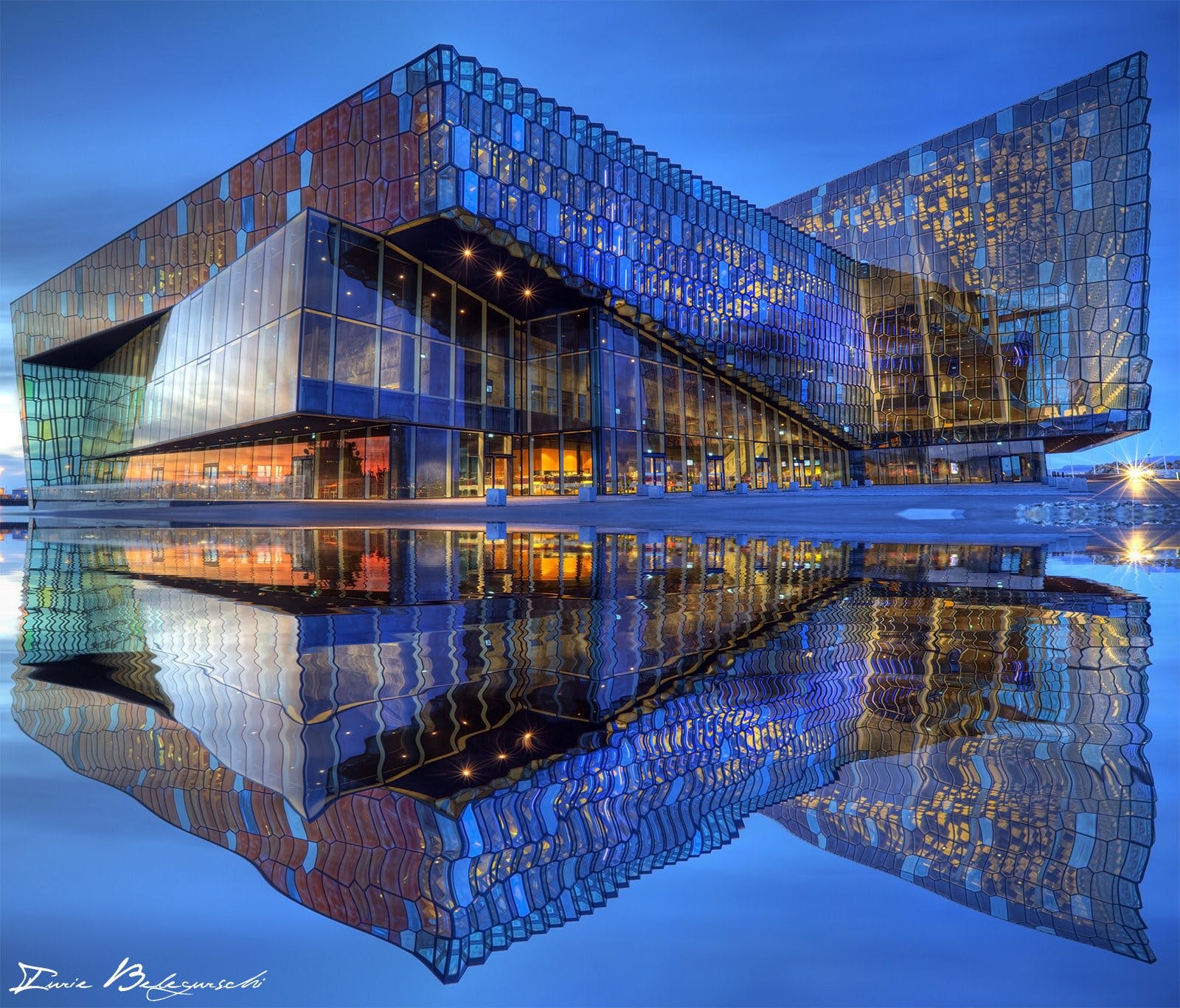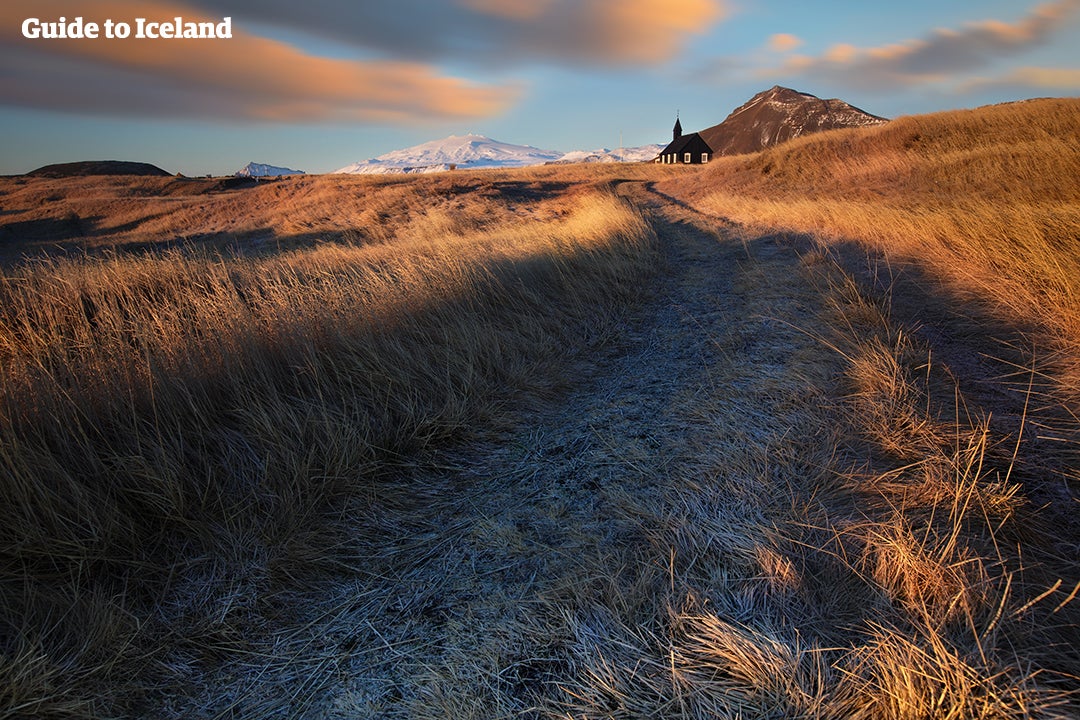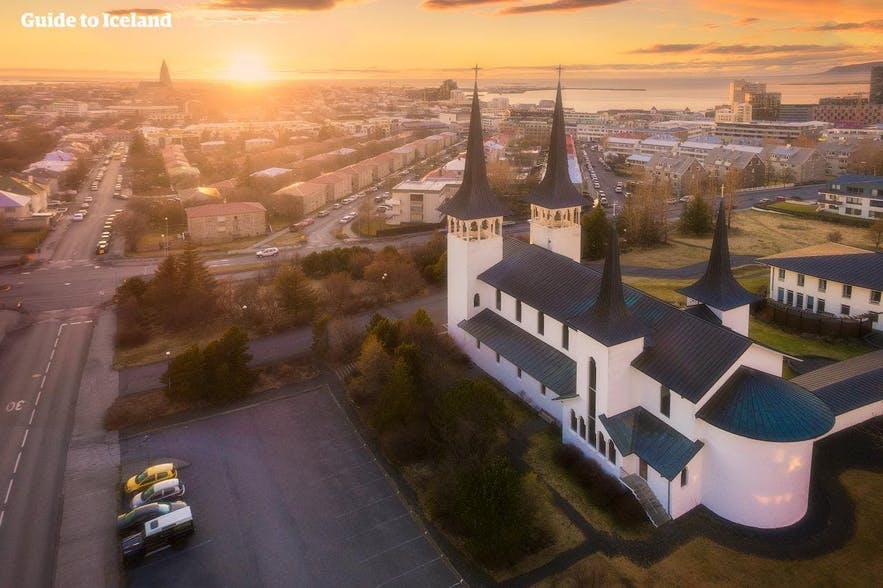
How difficult is it for international students to study in Iceland? Are courses available in English, and how many higher education facilities are there in the country? Read on to find out all you need to know about studying in Iceland.
- Learn more about Icelandic life in International Relations of Iceland
- See employment opportunities in How To Find A Job in Iceland
- Know the emigration process: How to Move to Iceland | The Ultimate Guide
There is an old Icelandic proverb that sums up this country's attitude to education rather beautifully; "Better wise language than well-combed hair". Without even trying, it manages to sum up perfectly the priority put on education here, even if it does come at the expense of not looking your best.
Why You Can Trust Our Content
Guide to Iceland is the most trusted travel platform in Iceland, helping millions of visitors each year. All our content is written and reviewed by local experts who are deeply familiar with Iceland. You can count on us for accurate, up-to-date, and trustworthy travel advice.
Well, for anyone who has attended a university knows, hours of late-night study, copious partying and the expansion of the mind comes at a price: bags under the eyes, frazzled locks, the thousand-yard stare... it's all a part of the university experience.
Header Photo: Pexels.com
In today’s competitive world, earning tertiary education has never been more important for those seeking higher-level positions. Employers, by enlarge, look for candidates not only with a university education but a successful university education, instilling competition in the classroom itself.
Many are looking for candidates who have proven to take their studies a step further, tossing aside applications that do not at least include education up to Masters or PhD level. This is not for every job, of course, but for those career-oriented people, the importance of a university education cannot be stressed enough.
Why Study Abroad in Iceland?

Iceland has a rich history of academia, beginning with the ancient saga writers, who recorded almost all that we know about Norse mythology and medieval Scandinavia. Upon the Christianisation of the country, ecclesiastical sites became dedicated learning institutions, taking on the bulk of translating foreign religious works into Icelandic.
This would be continued for decade upon decade, grounding the Icelandic people in a steep history of active learning.
- See Also: The History of Iceland.

Throughout the proceeding centuries, Icelandic intellectuals continued this long tradition of pursuing knowledge. They even played a major part in the country's independence movement, a drive that went hand-in-hand with developing this island's first higher-education institutions.
Since 2010, following the violent eruption of Eyjafjallajökull stratovolcano, Iceland has been the go-to travel destination, with tourists visiting from across the planet. Many who visit feel an instant connection with this ancient land, and hurriedly begin organising repeat trips to the country. Other travellers begin to weigh up options on how they might come to spend more time here: Moving abroad? A work exchange program? Studying?
- See Also: Volcanoes in Iceland.
The reasons for wanting to make the commitment are obvious. Nature here is indescribably stunning and unique, the local population is friendly, educated and welcoming and the opportunities for self-development, growth and learning are, seemingly, never-ending.
Iceland is a relatively large country with a very small population (approximately 335,000), making it quite unlike anywhere else. Community spirit is tangible here, with locals relying on one another for entertainment and support, an important fact of life given that Reykjavík is, in truth, the only major urban centre in the country.
- See Also: The History of Reykjavik.
Studying, of course, should never be considered a vacation; if you accept a place at an Icelandic university, you will well and truly be living here, facing the same everyday issues that the locals do, i.e. rent, food allowance, bills, etc.
Where To Study in Iceland?
There are seven nationally accredited higher education institutions to be found in Iceland, each of which has its own advantages in terms of specialisms, reputation and location. Depending on what field you are looking to study, a clear choice should stand out from the pack—it is important to clarify first, however, which courses are provided in English by the institution in question.
- See Also: What To Do & Where To Go.
It is also worthy to consider exactly how you wish to spend your university days. Those planning to study here from abroad may have visited Iceland previously, but many have not, meaning that all they know of the country is from what they have read, watch and heard from others.
Many will likely overestimate the “wealth of attractions” in Akureyri, for example, realising quickly that three years of life is quite different to a two week’s vacation.
That’s not to suggest for one moment that Iceland is, in any way, a barren rock devoid of life—on the contrary, but it does provide a quality of living that is highly contrasted to the fast-paced, competitive atmospheres of those education institutes found in, say, New York, Zurich, Tokyo, or Sydney.
To put it another way; if you’re studying and trying to find a quiet place to study… you’re not looking hard enough.
If you are attending one of the institutes in the capital, such as the University Of Iceland or Reykjavík University, you will be blessed with all of the amenities of the city, whilst those studying in the more isolated regions, such as the Agricultural University of Iceland, in Borgarnes, will be privy to gorgeous surrounding nature throughout their tenure.
Both offer their own unique advantages and disadvantages, offering both environments and special experiences that cannot be matched by the other. If you have an area of study in mind, it is always recommended to contact your university of choice directly to ensure the course is provided in English.
Universities in Reykjavik
Reykjavík is Iceland’s capital city, a cultural hub filled with museums and art galleries, cosy coffee shops, colourful tin houses and fascinating landmarks, such as the Lutheran Church, Hallgrimskirkja, the Perlan Observation Deck and Harpa Concert Hall and Conference Centre.
- See Also: Secret Spots & Hidden Gems in Reykjavík.
Nestled in the country’s southwest and home to two-thirds of an already diminutive population—approx; 123,000, with 216,940 in total found in Greater Reykjavík, referring to the city and six surrounding municipalities—this is very much the heart of the Icelandic nation.
It should come as no surprise then that Reykjavík sees the main bulk of pedestrian traffic, be it visiting tourists, busy locals, exchange students or foreign workers, this city is alive like no other place in Iceland.
Boasting two of the country’s premier educational facilities, The University of Iceland and Reykjavík University, Reykjavík is a city which continues to attract students from across the world, offering a Nordic, European charm, a quiet place to study, reflect and grow, and quality learning programmes to top it all off.
That’s not to mention the incentives offered to foreign exchange or international students by each prospective university, more of which can be found on their websites.
The University of Iceland
The University of Iceland, (“Háskóli Íslands”) is the country’s leading education facility, providing a wide range of undergraduate and postgraduate courses to approximately 13,000 students. The institution provides 400 programmes, boasts a permanent staff of 1500 employees and lecturers, and is one of the key participants in field study, with ten different research stations found across the country.
The university was first founded on 17th June 1911, located in the Parliament House at Austurvöllur. The date of its founding held particular importance; it was exactly one hundred years since the birth of Icelandic statesman, Jón Sigurðsson, whose ties to the country’s independence movement have long been held in high esteem by the country’s intellectuals.
The university resided for 29 years, having merged with the School of Medicine and the School of the Law (both of which were to become faculties), and a newly established School of Philosophy (in which no one enrolled for the first year).
1911 saw 45 enrolled students, of which only one was female—this stands in stark contrast to today, where approximately 65% of enrolled students are female, as are 45% of faculty members. The University relocated to where it stands today, at Suðurgata, in 1940, where it continued its rapid expansion.
- See Also: Gender Equality in Iceland.
The university maintains strong links with other educational facilities abroad, continues to contribute actively to research papers and conferences across the globe and ranks highly on international statistics.
For example, in 2018, graduate students on the MA Natural Resources and Environment were encouraged to attend both the Arctic Circle Conference in Reykjavík, as well as a talk held at MIT in Boston, US, to name just two examples of the opportunities on offer.
Today, the university is split into five schools, School of Education, School of Engineering and Natural Sciences, School of Health Sciences, School of Humanities and School of Social Sciences, which is further split into twenty-five different faculties, ranging from ‘Electrical and Computer Engineering’ to ‘Nursing’ to ‘Icelandic and Comparative Cultural Studies’.
Reykjavik University
Reykjavik University (RU) is the largest private university in Iceland with around 3500 students in two schools, School of Science and School of Social Sciences, that together encompass seven academic departments.
- See Also: The Icelandic Flag | A Tale of Identity.
The University offers preliminary studies, diploma certifications, undergraduate and graduate courses and PhD studies. The departments are Engineering, Computer Science, Psychology, Sports Science, Law, and Business Administration.
Reykjavik University is located in Nautholsvik next to the Öskjuhlid hill near the centre of the city. All of the University´s operations are under one roof, housed in a building that opened in 2010. Students are roughly 3800 students, and permanent staff is 250.
- See Also: Sightseeing in Reykjavík.
The university uses a multi-disciplinary, hands-on approach to learning, preparing students for the challenges they face after graduation. Major courses are also strongly linked to local corporations and institutes, meaning students will actively engage with real-world projects, gaining valuable experience and industry contacts in the process.
Reykjavík University is an international education provider; all undergraduate courses on offer are undertaken in Icelandic, whilst most Master’s and PhD programmes are taught in English. Those who do not speak English as their first language will likely be asked to provide their TOEFL scores or the equivalent body
Iceland Academy of the Arts
Iceland Academy of the Arts (“Listaháskóli Íslands”) was founded as a higher education on the 21st of September 1998, after the merger of the Iceland Drama School and the Reykjavík Arts School. The Academy incorporates five different departments: Fine Arts, Design and Architecture, Theatre and Dance, Art Education and Music.
- See Also: The Story of Icelandic Cinema.
One of the major benefits of attending the Iceland Academy of the Arts is the incredible number of cooperative partners who the institute works with, providing fantastic opportunities for the next generation of budding artists.
The Academy works with such organisations as the University of Iceland, the National Theatre, the Iceland Symphony Orchestra, the Icelandic Opera, the Reykjavík City Theatre, the Reykjavík Art Museum, the National Gallery of Iceland and the Living Art Museum, to name only a handful.
- See Also: Music In Iceland.
The Iceland Academy of the Arts is a private, self-governing institution and has seen notable artists pass through its hallways. For example, the LazyTown actor, Stefán Karl Stefánsson, the visual artist Alex Somers and singer-songwriter, Ólöf Arnalds.
RANNIS - The Icelandic Centre For Research
Rannís, The Icelandic Centre For Research, is not a university, but it does provide educational courses in a wide range of fields, such as immigration, public and private rights, the obligations of Icelandic society, multiculturalism and human rights.
These courses are provided for both adults and children, alongside translation services, Icelandic courses and the providing of support for implementing technology and science policy in Iceland. In this sense, The Icelandic Centre For Research is not a higher education institute in the traditional sense, but still presents plenty of windows for further learning.
Aside from the educational opportunities on offer at the Icelandic Research Centre, staff members focus on intercultural exchange and counselling for immigrants, through a partnership with the Icelandic Red Cross.
The Research Centre is an enormous aid for those struggling with the visa, residency and citizenship processes in Iceland, providing education, awareness and tangible opportunities to those seeking housing, employment, legal or medical support.
Universities Outside of Reykjavik.
Some hoping to study abroad in Iceland will be looking for a different experience to that of undertaking education in the capital.
After all, despite the wildly disproportionate spread of the country’s population, this island is truly massive, with numerous other towns and settlements that, despite being of a far slower-pace than the capital, still offer their own unique attractions and colourful local communities.
Bifröst University
Bifröst University ("Háskólinn á Bifröst") was initially founded in Iceland’s capital in 1918 out of the co-operative movement, having been largely modelled on Ruskin College in Oxford. Thus, it was named Samvinnuskólinn, or the Cooperative College, and from the outset aimed to educate the leaders of the future, going on to specialise in business, law and the social sciences.
In 1955, the institution moved 110 kilometres north to the valley of Norðurárdalur, in the Borgarfjörður area, where a small academic village began to thrive. In 1998, the establishment was given university accreditation, and became a private, self-governing body, taking approximately 40% of its income from the Icelandic state, 40% from tuition and 20% from other sources.
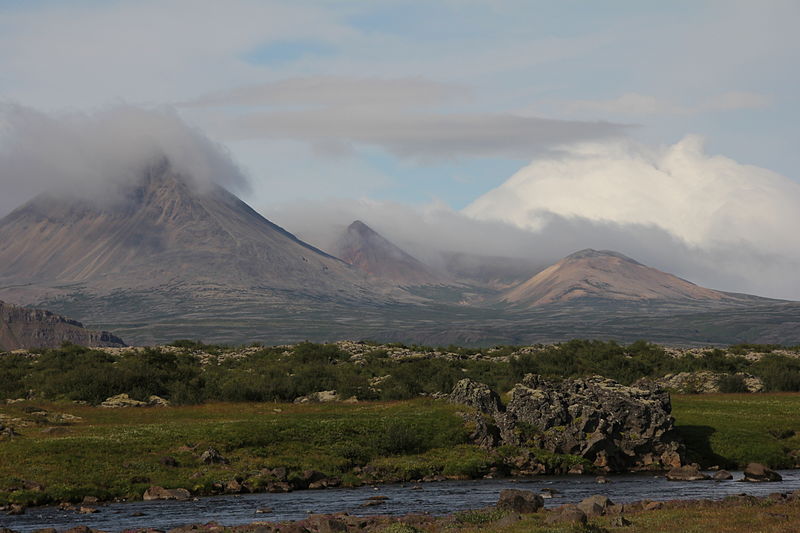
Today, the village of Bifröst has an approximate population of 200 people, though this increases to around 600-700 during the winter months.
The university’s surrounding nature is one of the greatest attractions for prospective students; nearby mountainscapes and dried lava fields make this area an aesthetic paradise, changing colour and form with the passing seasons.
Nearby, students can discover exciting hiking and cycling trails, a 9-hole golf course, Mt Baula and the waterfall, Glanni. The site also provides accommodation on site, offering one room apartments suited for individual students or couples.
The University of Akureyri
The University of Akureyri ("Háskólinn á Akureyri ") has been the go-to education provider for Iceland’s north since September 1987 with the formation of both a Health Sciences and Industrial Management faculty. This has been an enormous economic boost for the region ever since, and even today, the university acts as a major centre for the north’s future development.
- See Also: Top 10 Things to Do in Akureyri.
Akureyri is widely regarded as Iceland’s unofficial “Capital of the North”; as the country’s second-largest urban settlement, residents of Akureyri boast a lifestyle of outdoor activity, sublime surrounding nature and vibrant local culture. The city is home to approximately 12,000 people and is beloved by Icelanders and visitors alike for its quintessential charm, scenic whale-watching, dramatic scenery and exhilarating skiing during winter months.

The university provides a wide variety of courses aimed at providing its students with practical and applicable knowledge upon graduation. Today, the establishment is operating three different schools: the School of Business and Science, the School of Humanities and Social Sciences and the School of Health Sciences.
- See Also: Iceland's Seasonal Contrasts.
In 2017, the University of Akureyri had approximately 1500 students, of which two-thirds were female students. This has almost always been the same ratio, though student numbers have progressively increased with each academic year. 2018 sees the University with an attendance of almost 2000 students, with a permanent staff of 200 people.
The vast majority of course instruction is in Icelandic, though English is offered for exchange students. The one course that is in English the year round is the master’s programme in Polar Law, a subset of the Arctic studies undertaken at the university. Aside from this, the university offers West Nordic studies and offers four courses a year aimed at introducing the Icelandic language to new speakers.
The Agricultural University of Iceland

As its name suggests, the Agricultural University of Iceland ("Landbúnaðarháskóli Íslands") is steeped in this country’s long history of farming, providing courses since 2005 through its three main faculties: ‘Environmental Sciences’, ‘Land and Animal Resources’ and ‘Vocational and Continuing Education’.
- See Also: Wildlife and Animals in Iceland.
Located in the gorgeous coastal town of Borgarnes, the institution also has research centres in Reykjavík, Árnessýsla and Eyjafjarðarsýsla. The Agricultural University of Iceland focuses on a plethora of various specialist fields; sustainable farming practices, forestry, the management of land and livestock, rural development and environmental restoration. It offers courses towards bachelor’s degrees and is entitled to provide MA and PhD courses.

The Agricultural University of Iceland is at the forefront of sustainable planning in Iceland, advantageously placed in close proximity to its field of interest, making it fairly unique among educational institutions in Iceland. The Agricultural University of Iceland only provides post-graduate courses in English.
Hólar University College
Hólar University College ("Háskólinn á Hólum") is, arguably, the most important historical education establishments in the country, having been established at Hólar in 1106, making it one of the oldest schools in the whole of Europe.
Following the Reformation, the institution was converted into a Latin School in 1550, which it stayed as until 1801. In 1882, an agricultural college was formed in the town, and it is this institution from which Hólar University College draws its roots. The college officially changed its name in 2007.
There are currently three different departments at Hólar University College, Aquaculture and Fish Biology, Equine Studies and Tourism Studies.
Hólar University College maintains partnerships with numerous other educational institutions across the world, providing opportunities for study in English.
Students Living in Iceland
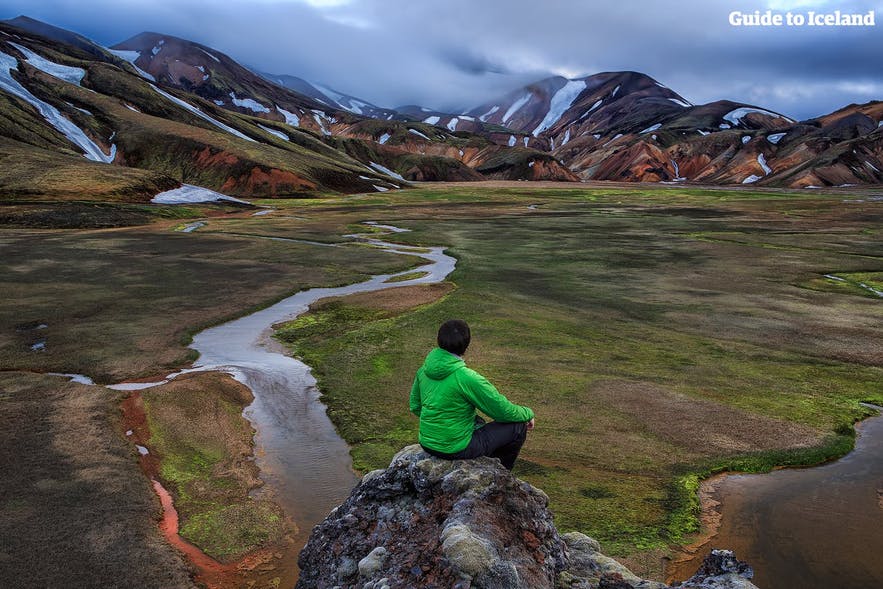
Those choosing to study in Iceland will, naturally, need a roof over their heads throughout their tenure. Thankfully, the vast majority of aforementioned education institutes provide either student housing (of varying levels of size and comfort) or, at the very least, a means of information and support for securing housing.
- See Also: Where to Stay in Iceland.
Student housing in Iceland is, almost universally, single rooms in apartments shared among 3-6 people, pretty standard for university housing around the world. Using Bifröst University as an example, student housing comes fully furnished, with laundry, an on-campus security guard, shared bathrooms and kitchens.
Heat, electricity and wifi are, in this case, included in the price, which hopefully provides an idea as to the type of accommodation to expect.
Those who choose to stay outside of student accommodation, or otherwise fail to secure a place, will live privately off-campus—this is, really, a factor worthy of consideration for those students taking courses within Reykjavík and, less commonly, in Akureyri.
Did you enjoy our article about Studying in Iceland? Are you studying in Iceland currently, and if so, why did you choose here? What are the advantages and disadvantages that you have found studying in Iceland? Make sure to leave your thoughts and queries in the Facebook comment box below.

